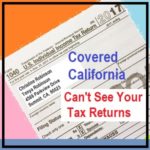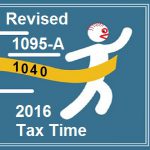For the family of a small business owner, the reduction of the MAGI because of the 20% deduction could drop any dependents under 18 years old into Medi-Cal. A family of four earning $70,000 makes all the household members eligible the tax credit subsidy through Covered California. If the family reduces their income by the 20% deduction, the new income is $56,000. That is below 266% of the federal poverty level for a family of four and all dependents 18 and younger are then deemed eligible for Medi-Cal.











